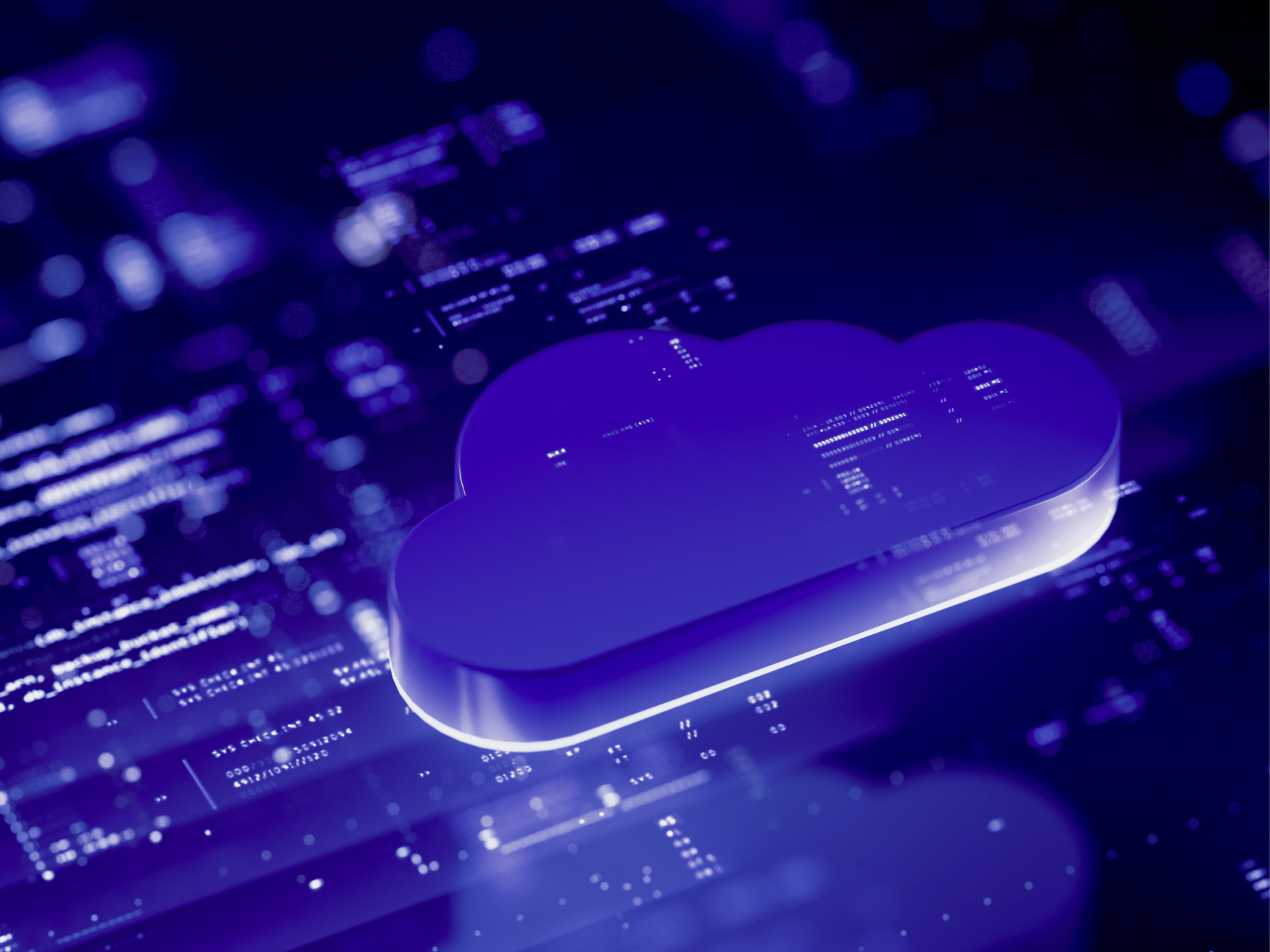In a time like today where organisations are in constant fear of getting hit with a cyberattack, countering threats has become a top priority. As such, Security Information and Event Management solutions, or SIEMs, are not only used by large enterprises but have become a crucial part of most modern SOCs. Yet despite how widely used they are today, the value that SIEMs deliver depends on how thoughtfully they are implemented, maintained, and mastered.
For those looking to maximise their SIEM’s potential, the most important thing is to avoid being complacent. Security teams must stay proactive to ensure that their SIEM tool is best aligned with their evolving business needs and shifting cybersecurity risks in the wider threat landscape, instead of viewing SIEM as an automatic solution.
While implementing, deploying, and refining SIEM systems will look different for every enterprise, this article will delve into SIEM best practices that everyone can benefit from.
Key Takeaways
- SIEMs are not an automatic solution – maximising SIEMs requires thoughtful implementation and constant refinements to account for new risks and scenarios that arise.
- Enterprises and security teams should incorporate best practices to ensure that their SIEM is tailored to their needs and desired use cases.
- The most crucial best practices to keep in mind include identifying your specific requirements, establishing a response team and a plan, conducting test runs on use cases, and fine-tuning correlation rules as necessary.

What is SIEM Security?
Security Information and Event Management (SIEM) system is a predictive threat detection solution that helps enterprises conduct real-time security monitoring to detect, analyse and respond to threats before they occur. SIEM works by correlating log and event data generated across an IT environment, providing a comprehensive view of an organisation’s security landscape so that security teams can rapidly respond to threats, anomalies, and breaches before they materialise.
SIEM has matured significantly over the years – with the newest generation offering advanced user and entity behaviour analytics (UEBA), which leverages machine learning to detect anomalies in the behaviours of users and devices connected to a corporate network.
The Benefits of Implementing SIEM Best Practices
Although enterprises are increasingly embracing next-gen SIEMs in place of legacy cybersecurity tools, many continue to be plagued by breaches daily. Much of this can be attributed to today’s dynamic and unpredictable threat landscape. Recent attacks have demonstrated just how sophisticated attackers have become, and how adept they are in finding loopholes and points of weakness in networks, systems, or corporate environments. While external factors cannot be controlled as such, enterprises can stay ahead by conducting proper planning and following best practices.
Adopting a proactive approach to SIEM by incorporating best practices from the get-go will ensure that your enterprise is best placed to quickly detect, respond to, and neutralise cyber threats.
5 Best Practices For Successful SIEM Security
Let’s now jump into the five best practices enterprises should consider implementing to make the best use of their SIEM. Keep in mind, however, that these best practices are just suggestions – and should be adjusted based on the unique needs and context of each organisation.

Define Clear Objectives – What are your specific requirements?
Instead of doing too much too soon, you should start the SIEM implementation process by taking a step back to consider the bigger picture. First, define and set out clear goals for your SIEM. You need to be able to articulate what you aim to achieve with the SIEM solution.
Consider what key security problems or concerns your enterprise faces, your objectives, and how you anticipate your SIEM solution can help in these areas. For instance, are you most concerned about increasing visibility, improving compliance, or speeding up threat detection? Rank your priorities so you have a clear guide for the rest of the implementation process. Once you’ve clarified these broader goals, you’ll want to start thinking about the finer details, like which digital assets and critical resources you are most concerned with, as well as specific use cases for your SIEM.
Consider which assets contain data that matters most to your business, and what activities and logs will your SIEM monitor. Some common use cases include phishing detection, insider threat detection and compromised user logins – but use cases vary for each enterprise and industry. Having a clear view of your anticipated scope and use cases will also help you determine what type of SIEM solution is most appropriate – such as whether an on-premises or cloud software would be better, given your requirements.
Establishing a team – Who are the key stakeholders?
Building a dedicated, well-trained response team that can reliably detect, analyse, and respond to security issues is key to ensuring an effective and prompt response to cybersecurity threats. After all, while SIEM can flag early indicators of compromise, it is up to your team to act quickly to stop threats from causing damage. By making incident response a shared responsibility and delegating roles, your organisation will be better equipped to tackle breaches successfully.
Your response team should be comprised of security staff who are well-versed in security processes and are equipped to manage a security breach. Team members should also possess the skills to conduct a thorough incident investigation after the fact, to prevent similar occurrences again. Furthermore, the team should have comprehensive knowledge of compliance regulations related to cybersecurity, to ensure that all actions taken during the incident response process align with legal and regulatory mandates. It might be worth investing in training sessions or training the staff on SIEM use – so they are familiar with the functionalities of SIEM tools and know how to work with SIEM to optimise incident response.
You should also engage relevant stakeholders from IT, security, compliance, and executive leadership early in the SIEM implementation process. Their insights will help ensure alignment with business goals and regulatory requirements.
Maintain a robust incident response plan – Do you have an IRP?
Deploying SIEM properly is only half the battle won. Developing and maintaining a robust Incident Response Plan (IRP) is crucial in ensuring that insights and analysis generated by your SIEM are put to good use. A good IRP will contain protocols for detection, reporting, containment, and incident clean-up, as well as a series of Standard Operating Procedures (SOPs) that provide details on how the incident response team will respond to and mitigate different types of threats after they strike. Ideally, this plan should be maintained and updated regularly.
SOPs are helpful as they provide a roadmap for security teams to follow when dealing with security-related events. These procedures, embedded within the wider SIEM security framework, ensure that security incidents are responded to swiftly and efficiently, with the help of insights generated by SIEM. SOPs aid in incident response orchestration, ensuring a systematic and coordinated response to security issues. They also help with the fulfilment of compliance obligations, thus safeguarding companies from potential legal implications.
Having well-defined SOPs is instrumental in enhancing the effectiveness of the incident response. These are the key sections of a comprehensive incident response plan you should keep in mind when creating your own:
- Policy and Procedures: Clearly defined policies and procedures outlining the organization’s approach to incident response.
- Incident Response Team: A group of skilled security personnel responsible for investigating security threats and potential compliance violations. Includes their respective roles and responsibilities.
- Identification & Investigation: Use advanced software and security information and event management (SIEM) tools to enhance the logging and monitoring capabilities of the team, allowing for real-time detection of potential threats. Apply a systematic process of analysing and mitigating cybersecurity threats.
- Isolation & Eradication: Clearly defined procedures for isolating affected systems or networks to prevent the spread of the incident. Identify steps to block malicious activity and prevent further damage.
- Post-Incident Analysis & System Restoration: Determining the cause of the incident and addressing the root problem to prevent future occurrences. Restoring affected systems to normal operation while ensuring that the incident is fully eradicated.
Test run scenarios to ensure ROI maximisation
If time and budget permit, you can choose to conduct test runs, particularly during the SIEM implementation stage to ensure that your SIEM is running properly. You should also test-run SIEMs on parts of your IT infrastructure before integrating it fully.
Aim to test run a variety of different scenarios to see if your SIEM responds as anticipated. Alternatively, you could try to launch an attack that purposely evades detection – which can help you discover any weaknesses in your SIEM. Some key metrics to pay attention to during test runs include false negatives, reaction time, the speed of the alerting mechanism, and whether the alerts are sent to the right people on your team. Make sure to cover enough use cases during the testing process.
Conducting a test run will enable you to identify any issues with your SIEM – and reconfigure your SIEM or make other changes to your existing security policies and procedures as needed to prepare for the real deal and generate the highest ROI.
Tuning correlation rules
A key functionality of SIEM is its application of correlation rules, which are rules that tell your SIEM system which sequence of events indicates a possible security incident.
While SIEM solutions come with pre-defined, generic correlation rules, it is best to continuously refine your SIEM to accommodate new endpoints and applications, to minimise irrelevant alerts. Thresholds need to be updated constantly, as your organisation grows, and new threats or risks arise. Regularly fine-tuning the correlation rules will help limit instances of false positives.
These changes should not only be made during the initial implementation and test run process, but also on an ongoing basis.
Conclusion
SIEM has emerged as an essential tool for organisations looking to bolster their cybersecurity operations – and for good reason – given their powerful capacity to provide real-time analysis, threat detection, and incident management. Nonetheless, its effectiveness is contingent on choosing the right one for your organization, implementing best practices and staying proactive in managing its use.
At the end of the day, SIEM is just a tool – and even though it is a powerful one, it can only be as effective as its users. As such, the onus is on enterprises to follow best practices and deploy SIEMs in the most thoughtful way possible by incorporating the best practices we outlined above. Integrating SIEM into your security operations is not a one-time task, but a continual process which demands constant refinement to maximise results.
About Blacklight AI Platform
Blacklight, our proprietary AI-based Security Operations Platform, helps you secure, monitor and detect beyond your traditional SIEM. Blacklight is architected, designed and built using industry best practices, offering the maximum level of flexibility and extensibility.
Combined with SOC services, we provide the highest level of visibility into your organisation’s security for proactive monitoring.
Learn more: blacklightai.com
Follow us: linkedin.com/company/blacklightbyowlgaze
Book a demo: blacklightai.com/contact-us/
© 2024 Blacklight AI. All rights reserved. For permission to use the content on our website, please contact us at info@blacklightai.com

